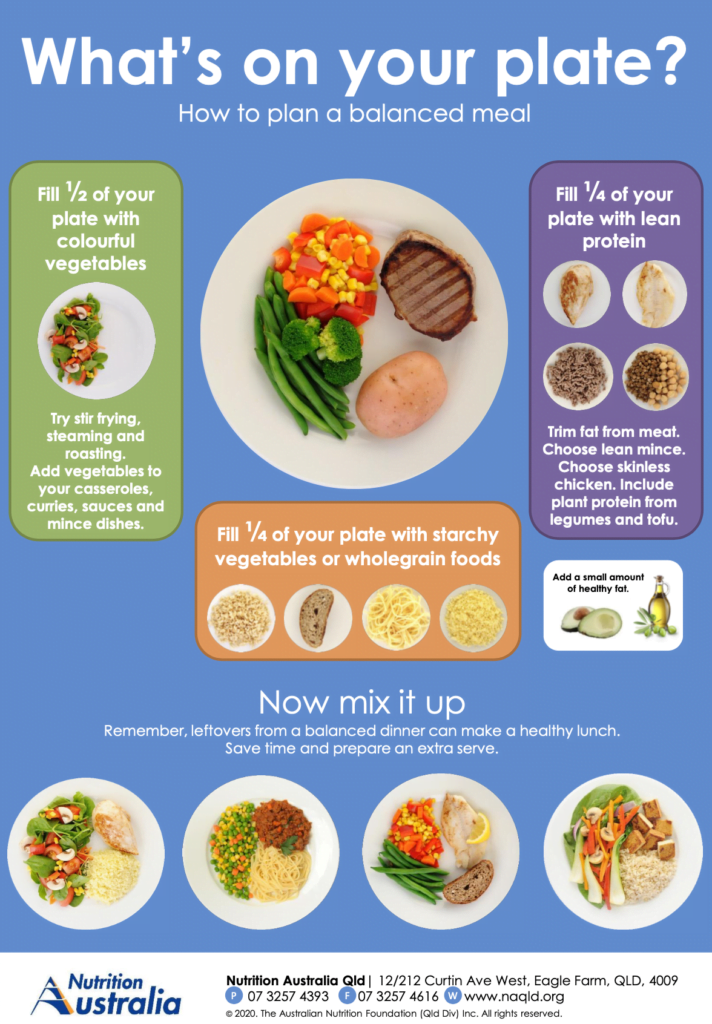BQ Tests: Ground Effect Baked Alaska
If you’ve ever turned up to a group ride, trailhead or bike tour and spotted a few riders already kitted out in Ground Effe...
Before we talk about healthy eating, let’s talk about the Australian Dietary Guidelines. They are a great guide to food and nutrition as they provide a framework for healthy eating for the general population. These guidelines aim to promote health and wellbeing and also reduce the risk of diet-related conditions and chronic disease. Based on scientific evidence, the guidelines are comprised of five key components:
In conjunction with the Australian Dietary Guidelines, another useful tool to be aware of is the Australian Guide to Healthy Eating. This is a food selection guide that visually represents the proportion of the five food groups recommended for consumption each day. It also visually represents the foods to use in small amounts (i.e. cooking oils) as well as the foods and drinks to consume only sometimes and in small amounts (i.e. discretionary foods). A guide to the recommended number of serves that an adult should be consuming per day, as well as what a serve actually looks like, can be found here. By eating the recommended amounts from the five food groups and limiting foods that are high in saturated fat, added sugars, and added salt, you will be getting enough of the nutrients that are essential for good health.

We have put together the following resource which outlines how to plan and build a balanced plate. An easy way to think about this is to divide your plate into the following sections:
Give this method a try when preparing your next meal – can you build a balanced plate?
If you’ve ever turned up to a group ride, trailhead or bike tour and spotted a few riders already kitted out in Ground Effe...
Matt Nauthe is a bike rider based in Brisbane, who joined Bicycle Queensland quite recently in 2024 – but riding bikes is n...
It has been said that the best gravel bike is whatever bike you own now. And in the same vein, the best way to start bikepack...
In a custom fit-out studio in Brisbane’s West End, riders of all types are finding their sweet spot - on the saddle. This i...